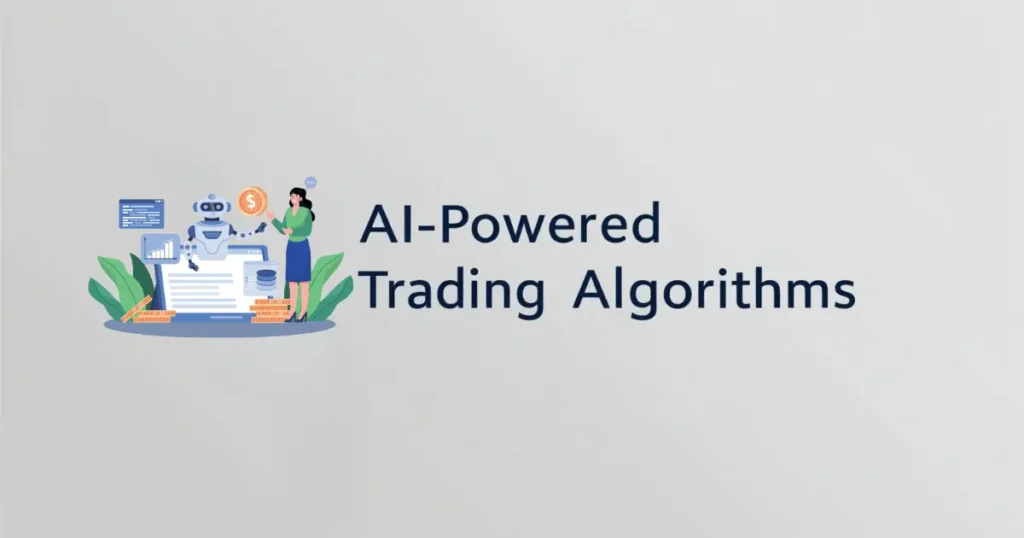Users need capital to trade, and quality AI systems often come with fees.
Profits can grow significantly with more capital and better strategies.
Once set up, AI can trade automatically, but monitoring and adjustments are needed.
Automated trading is growing as retail and institutional traders adopt AI.
Many firms and traders use AI, making it harder for newcomers to gain an edge.
Trades execute quickly, but profits are not guaranteed and depend on market conditions.
AI trading depends on market stability and adaptability to changing conditions.
High risks due to market volatility and potential losses from poor strategy.
Some AI platforms simplify entry, but success requires knowledge and testing.
Algorithms must be adjusted to changing market trends; not fully adaptable.
Available worldwide, but some regions have trading restrictions.
Beginners may struggle without knowledge of trading, AI, or backtesting.
Depends on broker/platform; some have fast withdrawals, while others have delays.
Profits depend on algorithm effectiveness, market conditions, and capital.
